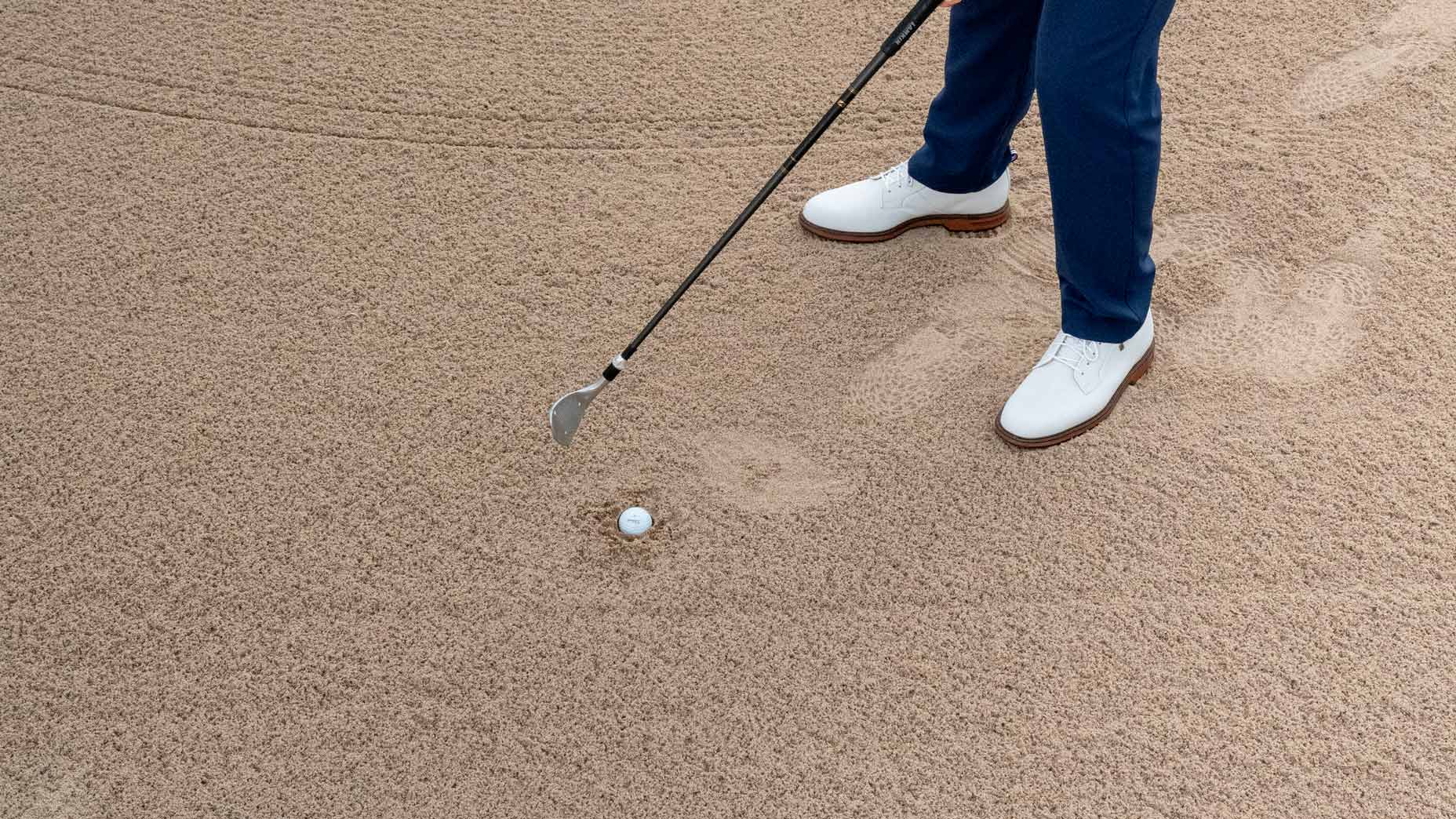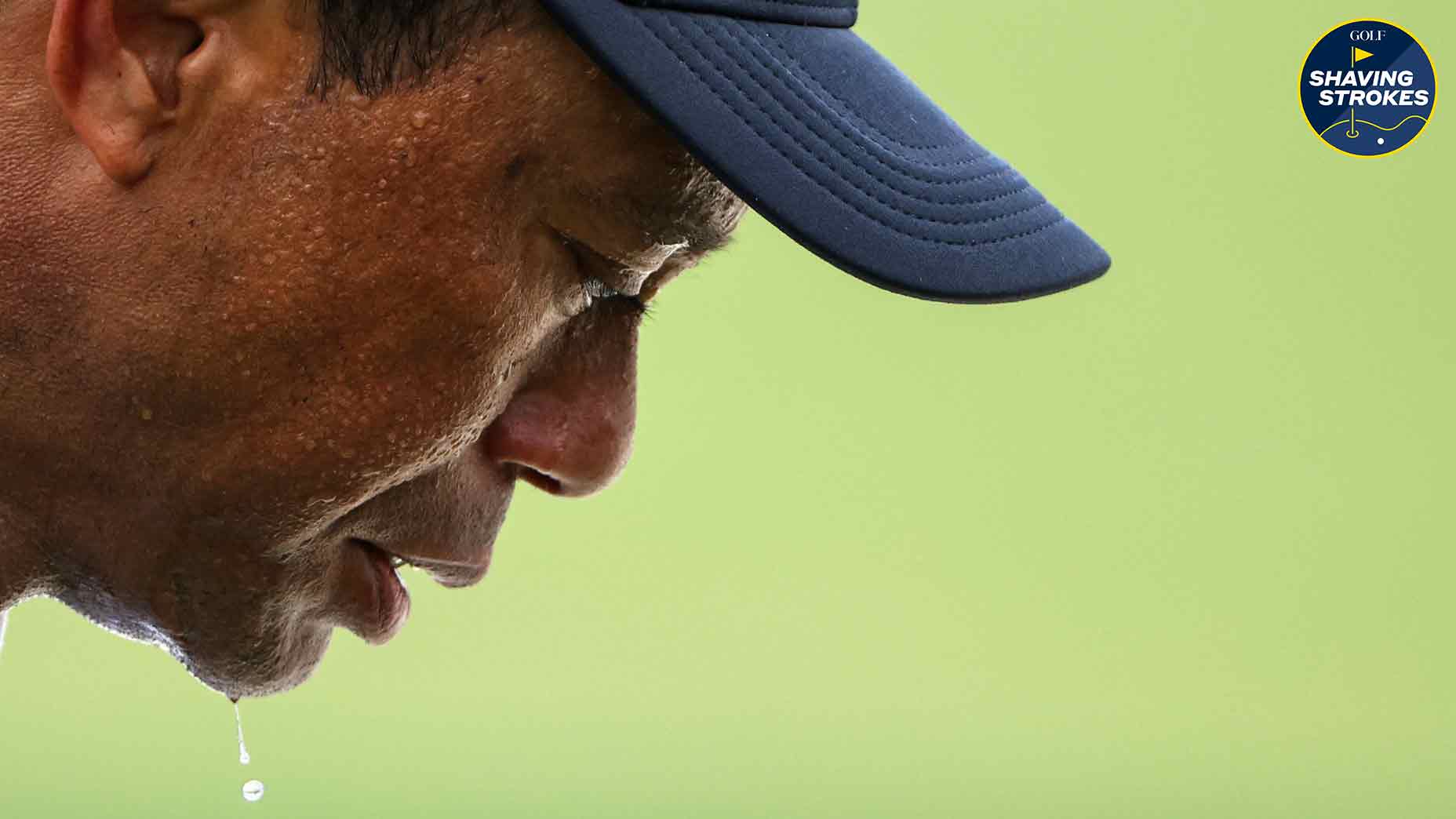Welcome to Shaving Strokes, a GOLF.com series in which we’re sharing improvements, learnings and takeaways from amateur golfers just like you — including some of the speed bumps and challenges they faced along the way.
You know those rounds where your ball-striking is off and you can’t seem to hit the ball anywhere near your target? Sure, they’re frustrating, but those days shouldn’t ruin a scorecard.
You’re probably asking how that’s even possible, right?
In the video above, GOLF Top 100 Teacher Brech Spradley shares some building blocks that provide insurance against bad ball-striking days, which help you get back to basics rather than get frustrated — and create the perfect golf swing.
How to build the perfect golf swing
“There are some foundational building blocks that, if you go out and work on them daily, you are safeguarding yourself of having any really bad days of ball-striking,” says Spradley.
By practicing the following steps on the range, you can use them to develop the perfect golf swing, allowing for better consistency with each shot — and giving yourself more chances to score lower because of it.
1. Impact drill
“The first drill in building your perfect golf swing is what I call the impact drill,” Spradley tells me. “In this drill, I want to set you up in a pretty fundamentally sound impact position.”
Next, he tells me about the four pillars of impact.
“No. 1, start with about 80 percent of your pressure on the lead foot. The second one is having your pelvis at about 45 degrees, so we’re going to kind of open you up. The third one is called ‘the little Y,’ so we have a flat lead wrist, bent trail wrist, and [your forearms] form what we call the ‘little Y,’ so it’s an easy visual. And then the fourth one is we’re checking where your head position is; which is right up against the back of the ball.”
Spradley then has me start from that impact position to hit a couple of shots, explaining that it’s “a little bit of a punch shot.”
2. Full release
The next building block towards creating the perfect golf swing is working on a full release.
“We’re going to keep ‘the little Y’ and use the same backswing,” Spradley instructs. “Come through the ball, compress, and finish in ‘capital Y’.
“The first [drill] was like a little, short hold off. This is basically a follow through where everything is back extended.”
3. The two-thirds backswing
Now from a full-swing address setup, Spradley has me go into the ‘L position,’ meaning he’s having me work on a two-thirds golf swing.
“Left wrist is flat, right wrist is bent,” he tells me. “Work back in and get that same feel of where you were at impact, and come through, stopping at the same point you just did [in full release].
“So this is L to capital Y.”
4. The L to L position
Spradley now has me work through completing my swing structure, going from a two-thirds backswing to two-thirds follow through.
“Now we’re going to go into ‘the other L,’” he tells me. “We’re going to let the lead arm fold, having your head peek around the corner a little bit, with the right arm extended.”
After hitting my shot, Spradley has me hold the follow through.
“What I would look for here is, how well did this lead arm fold, and have we re-planed the club well? That’s our L to L position.”
5. Finish with turn
Finally, the last building block for the perfect golf swing is making sure there’s a pivot at the top of the backswing.
“What the best players are really good at doing is turning the L back and using their pivot to get [the club] back up,” Spradley says. “A lot of golfers fight [that feeling], and finish the swing off with their arms and break down a lot.”
He then explains how this structure should feel.
“I want you to feel like there’s a tube around the shaft, and I want you to feel like, with your right side, you’re stretching the shaft through a tube so it’s working on the same angle.
“We’re finishing it off with a turn as opposed to just arms.”
By using these building blocks in practice, Spradley says these “vitamin drills” can serve as a baseline for making better contact; while correcting any swing mistakes.
“We can derive what kind of swing feels you need out of these to go play with,” he adds. “Most mistakes in the golf swing can be located in one of those drills.”
deWiz Golf Swing Modifier
$699
View Product











